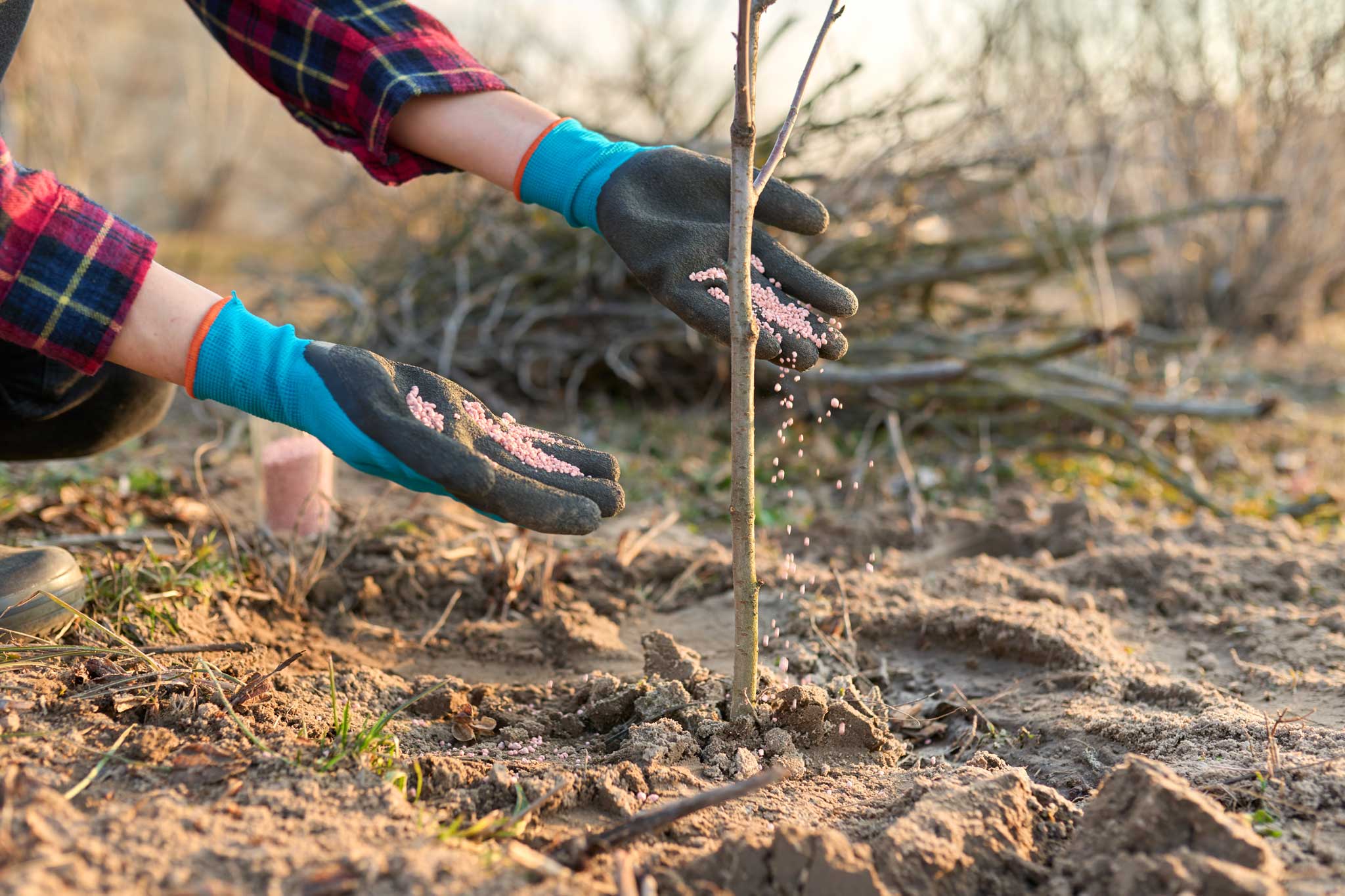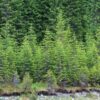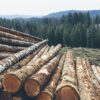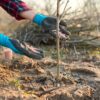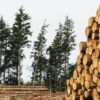Monthly Report - September 2024
A small lift in log prices in September has seen some harvest projects get underway again with many loggers and truckers back to work. India is now very much in the log export mix, adding price points and log grade options that currently reflect an overall better bottom line than China.
Our domestic mills are experiencing tougher times. Sales volumes are weak with a lot more competition for a market that is dynamically too small for what can be produced. Mills have been building stock and discounting to keep the wolves at bay.
Given that many sawmills also export lumber, sales volume problems are not helped by container freight costs, which like breakbulk logs, have been increasing leaving many export destinations running at a loss.
The closure of Winstone’s Kariori pulp mill and Tangiwai sawmill is devastating for the Ruapehu District and the hundred of individuals who have lost their jobs. The word on the street is there is a lot more to it than unrealistically high power prices. Perhaps low demand for sawn lumber in NZ, high international freight costs and reducing paper needs internationally will be in the closure decision mix.
India is now firmly back in the log export mix with a 10 vessel per month programme looking to be sustainable and NZ supplying 4 – 5 of those. Whilst this has always been a problematic market, new players in the game are working hard to regain credibility, trustworthiness, and consistency. These are core values the NZ forestry sector can certainly work with.
At present, the combination of India selling prices and shipping costs netted back to the NZ wharf gate, is resulting in slightly better bottom line than China. Most commentators are suggesting small lifts in China in October should see the two markets neck and neck.
In the critically important China market, it is good to see log inventory falling slightly to 3.4million m3 compared to 3.7mil in August. The primary reason is a lift in daily off port sales from 47,000 last month to close to 60,000 m3 per day.
It is fantastic to see shipping rates falling with ample availability of Loggers opening on the Southern Hemisphere appearing to be the primary reason. Whilst US$2 – 3 per cubic metre drops for October fixtures seem to be the order of the day, the international Baltic Dry index (BDI) is on the rise reflecting increased hire rates in larger class vessels. The expectation is the recent drops in smaller loggers may not be around for long.
In the broader China economy context, recent interest rate drops and easing access to new house loans has not this far provided stimulus. Overall Inflation remains very low at 0.6%.
Indeed, the broader commentary is suggesting China is continuing to languish in poor broader activity numbers. In Q1, Chinese exports were up 9% but imports were well down reflecting poor domestic demand. Unemployment is up and the economy supposedly struggling otherwise.
Despite the above being close to a cut and paste of some commentary, as I have highlighted, current daily softwood log consumption is running along at 60,000 m3 across the eastern seaboard. China sawmills mostly run a 6-day week and some work on their day off.
That translates to 1.5mil – 1.6mil m3 of softwood logs being consumed every month and 80 – 85% of that comes from NZ. That utilisation reflects 300 – 320 logging crews in NZ or 2,500+ NZ’ers in good work and that is just directly in harvesting and transport.
I would suggest the China economy is what it is and we better get used to a market which is operating at historically lower numbers but is now steady as she goes whilst being hugely important to every NZ Forest grower.
My oft commented importance of our domestic sawmills remains a fundamental to most harvest operations. Recent reported numbers suggest there are in excess of 25,000 Kiwi’s that earn their daily crust from working directly across the forest industry supply chain.
Add in the service and support industries, you can probably double that. Thus, you have a land use in NZ vital to our economy as our third largest export earner and a land use that has it foundations centred on sustainability.
As always, please remember the thoroughly important message, “despite the challenges, it remains, as always, fundamentally important, the only way forward for climate, country and the planet, is to get out there and plant more trees”!
Allan Laurie.
Laurie Forestry.

